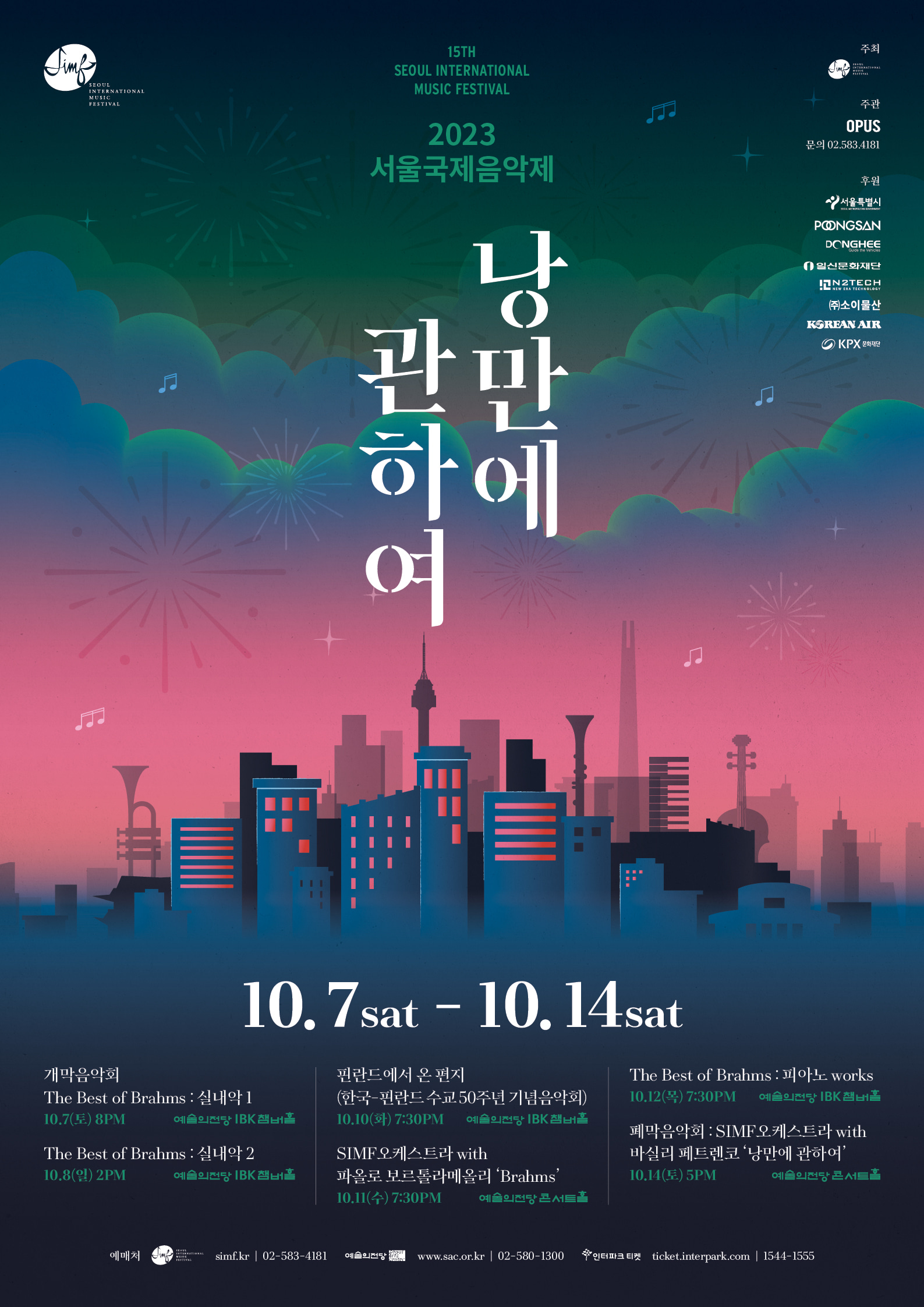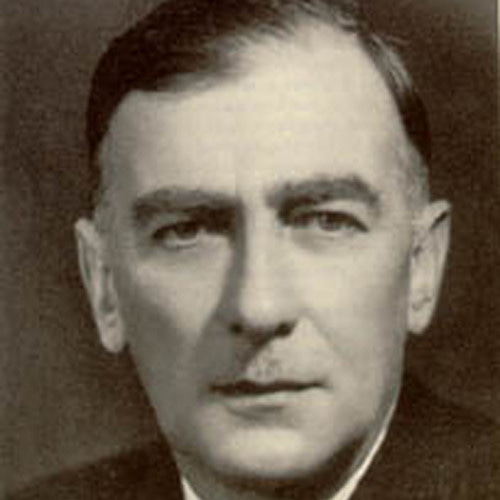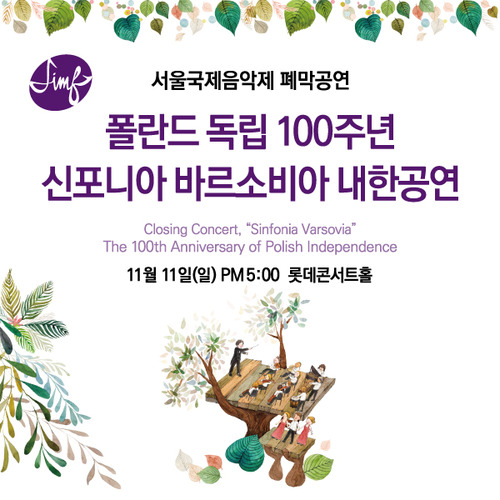시마노프스키, 카롤 Szymanowski, Karol (1882~1937)
현재는 우크라이나 지역인 티모슈프카에서 태어난 폴란드 작곡가 시마노프스키는 쇼팽과 함께 낭만주의 시대의 폴란드 음악을 대표하는 작곡가이다.
어려서는 귀족 출신의 아버지에게서 음악을 배웠으며 1892년에 구스타프 네우하우스 엘리자벳그라드 음악원에서 피아노와 작곡을 공부하고 19세 때 바르샤바 음악원에서 노스코프스키를 사사하며 본격적인 작곡가로서의 길을 걷게 된다. 이후 독일 유학 길에 올라 유럽각지를 여행하고 그 곳에서 작곡가로 활약했고 1차 세계대전 중에는 고향에서 작곡에 열중, 1918년 폴란드 독립 후에는 바르샤바에서 활동했으며 1926년에는 바르샤바 음악원장으로 취임해 약 10년간 폴란드의 음악 인재들을 양성해냈다. 또한 그는 작곡가로서뿐만 아니라 ‘에페보스’라는 소설을 짓는 등 다방면에서 활약했는데 특히 피테르 베르트, 코챤스키 등과 1905년, ‘젊은 폴란드’를 결성해 이를 통해 많은 음악들을 발표하고 출판 하였다.
시마노프스키의 초기작품은 확실히 낭만주의의 색채가 짙으나 후기로 갈수록 음계나 화성 등에서 현대적인 느낌을 준다. 그는 바르샤바, 베를린, 빈, 이탈리아 시칠리아, 북아프리카 등 여러 지역을 여행했고 이러한 영향인지 쇼팽, 리하르트 스트라우스, 막스 레거, 스크리아빈의 영향을 받은 피아노 작품에서 시작하여 드뷔시와 라벨의 프랑스 인상주의 기법을 도입했으며 말년에 이르러서는 폴란드의 민족성에 뿌리 박은 새롭고 독자적인 작풍을 확립했다.
주요작품으로 독일 신낭만주의 경향의 가곡 ‘12개의 노래’와 ‘피아노 소나타 제 2번’, 인상주의의 영향을 받아 신비하고 황홀한 피아노곡 '메토피', 바이올린곡 '전설', 그리고 폴란드 민족양식이 확립된 피아노곡 ‘20개의 마주르카’와 발레음악 ‘하르나시’ 등이 있다. 또한 폴란드의 소박하고 힘찬 민요를 활용한 두 개의 바이올린 협주곡과 제임스 조이스의 시에 붙인 가곡들이 있으며 특히 합창단과 독주 성악가들이 함께하는 제 3번 ‘밤의 노래’, 피아노 독주가 있는 제 4번 ‘신포니아 콘체르탄테’ 등 네 개의 교향곡이 유명하다.
독일의 신낭만주의와 프랑스의 근대음악을 흡수하고 여기에 폴란드의 민족음악을 더해 독창적이고도 현대적인 음악을 만들어냈던 시마노프스키는 바르샤바 음악원에서 음악원장으로 활동하던 중, 1936년 폐결핵으로 쓰러져 스위스 로잔에서 요양과 작곡활동을 이어가다 사망한다.
Szymanowski, born in Tymoszówka (present-day Ukraine), was one of the most influential composers in Poland with Chopin in Romantic Period.
He studied music from his father, who was of nobility, when he was young. He studied piano and composition at Gustav Neuhaus' Elizavetgrad School of Music in 1892. He began his serious composing career when he studied at the State Conservatory in Warsaw under Noskowski. He later studied in Germany and traveled around Europe and worked as a composer. During World War I, he devoted himself to composition in his hometown. In 1918, after the liberation of Poland, he actively worked in Warsaw. He was the director of the State Conservatory in Warsaw from 1926 and nurtured talented musicians of Poland for next 10 ears. He also put his heart in various activities besides composing, and wrote a novel called “Efebos”. In 1905, he founded “Young Poland in Music” with P. Kochansky and many works were presented and published there.
Szymanowski’s early works are largely filled with colorful romanticism, but his later works reveal a sense of contemporary music in his use of scales and harmonies. He traveled in many places, including Warsaw, Berlin, Vienna, Sicily (Italy), and North Africa. His influences range from Chopin, R. Strauss, M. Reger, Scriabin in his piano works. He also incorporated French impressionistic techniques of Debussy and Ravel. In his late years, he formed his own realm of new and original musical styles based on Polish nationalism.
Among his major compositions are “12 songs”, which show a tendency of German Neo-Romanticism, his second pianist, “Metopes”(which gives a feeling of mystery and ecstasy due to the influences of impressionism), Myths (for violin and piano), “20 Mazurkas”(which was written for piano and contains polish nationalist elements), and ballet music “Harnasie”. He also composed two violin concertos, based on simple and energetic folklores of Poland, and songs based on the poems by James Joyce. His symphonies, such as the “Song of the Night”(no.3), where choir and solo singers join in, and the “Sinfonia Concertante”(no.4) with piano solo, are also well known.
Szymanowski created original and contemporary style works by amalgamating German neo-romanticism, French contemporary music, and Polish folk music together. While he was the director of the State Conservatory in Warsaw, he fell from tuberculosis in 1936 and eventually died in a sanatorium in Lausanne, Switzerland after continuing his compositional activities and seeking medical treatment.













 수량을 선택해주세요.
수량을 선택해주세요.

















